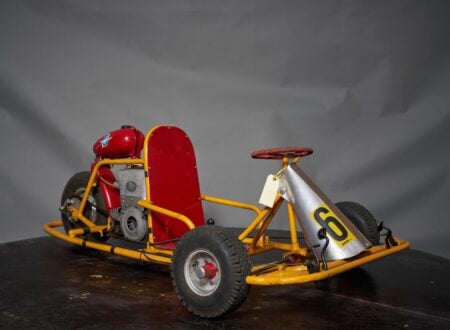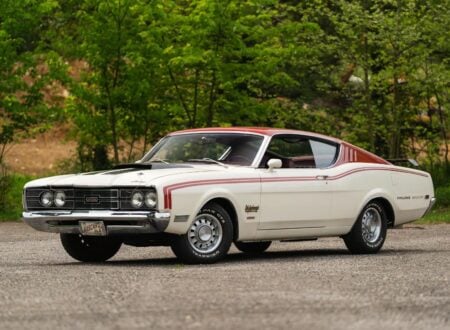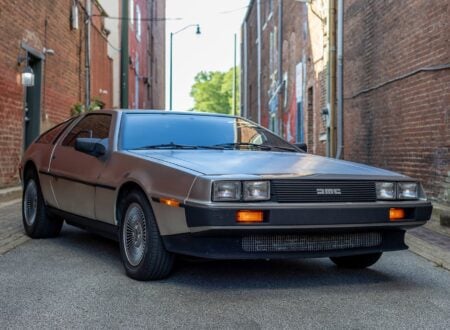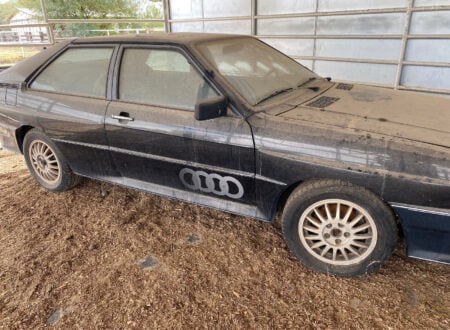This is an original Puma GTE 1600, a sports car that was developed in Brazil in the 1960s and sold through the 1970s. The Puma has a major following in its home country, in fact it’s become a cult classic, but it still remains largely unknown elsewhere.
The styling of the Puma GTE was influenced by the European sports cars of the era, but it’s not a replica. It has a unique, award-winning design that sits on the easy-to-service Karmann Ghia platform and drivetrain, and the model won a slew of races in-period.
Fast Facts – The Puma GTE 1600
- Puma manufacturer Sociedade de Automóveis Lumimari Ltda was founded in Brazil in 1964 by Rino Malzoni, as well as Luiz Roberto Alves da Costa, Milton Masteguin, and Mário César de Camargo Filho.
- Rino Malzoni was an Italian immigrant to Brazil, he was in charge of designing and engineering the vehicles, which he often did in a matter of just a few months working at a remarkable pace – often completely alone.
- Malzoni’s designs have been lauded in Brazil and around the world for their elegance and timeless appeal, a feat made all the more impressive by the fact that he started out working by hand in a workshop in Sao Paolo with limited access to equipment.
- The Puma GTE was one of the company’s most important early designs, it was based on the Karmann Ghia platform with a fiberglass body, a 1500cc or 1600cc VW flat-four engine, a 4-speed gearbox, and it was built between 1967 and 1970.
Puma Origins: Rino Malzoni And The Malzoni GT
Puma, originally established as Sociedade de Automóveis Lumimari Ltda in 1964, was the brainchild of four men – Rino Malzoni, Luiz Roberto Alves da Costa, Milton Masteguin, and Mário César de Camargo Filho. The company’s inception coincided with a pivotal moment in Brazil’s automotive history, when importing foreign cars became a major challenge due to the implementation of strict government policies aimed at nurturing the local automotive manufacturing industry.


At the heart of the Puma story lies Rino Malzoni, an Italian immigrant to Brazil. Despite a legal career in his early days, he discovered his true passion lay in the world of automobiles, specifically sports cars and motor racing. Rino honed his skills in his uncle’s automotive workshop, starting with customization projects on more modest and affordable vehicles like the Ford Model A and an Austin A90 Atlantic.
As his ability grew so did the value of the cars he was working on, among them a BMW 328 and a 1952 Maserati coupé, into which he swapped the drivetrain of a Ferrari 250 Testa Rossa. This would be considered high treason today, but at the time the 250 Testa Rossa was little more than a secondhand race car that was no longer competitive in top flight competition.
Malzoni’s journey culminated, perhaps predictably, in the creation of his own sports car, the Malzoni GT. This vehicle, built on a 1.0 liter DKW chassis boasting 50 bhp, marked a significant step forward.
Unlike the Volkswagen offerings of the era with ~30 bhp, the DKW’s modified 50 bhp engine offered comparatively excellent performance, and the car’s separate chassis and body allowed for the creation of a new, bespoke body. The result was the Malzoni GT, unveiled to the world in 1963.
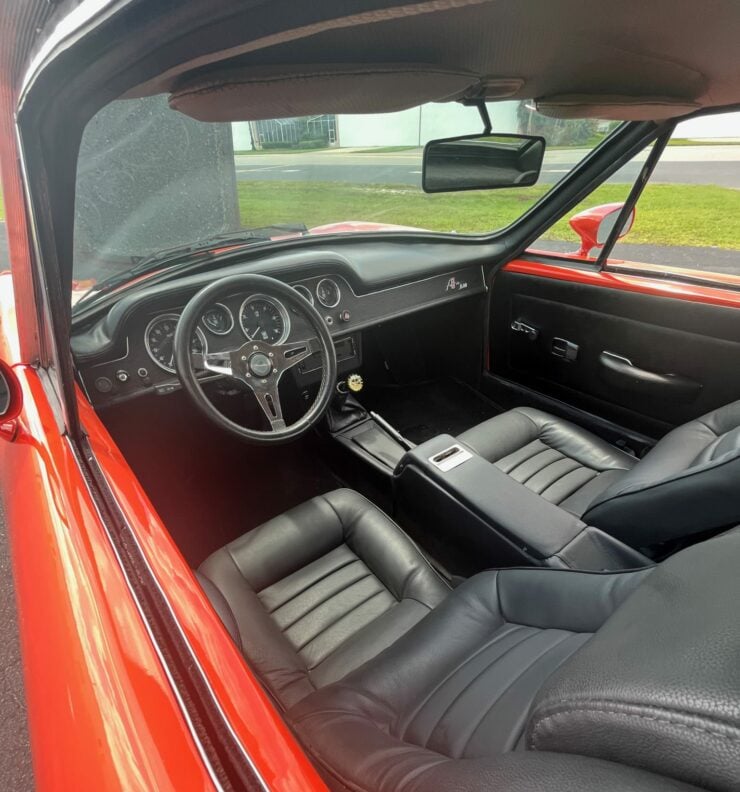

The Arrival Of The Puma GT
Puma’s parent company, Lumimari, would further advance the designs of the Malzoni GT cars built earlier in the 1960s, still using the German DKW platform. Their first car was the Puma GT, it was unveiled in 1966 and it promptly won “Brazil’s Most Beautiful Car” by Quatro Rodas a popular Brazilian car magazine of the time – interestingly the jury included the lauded automotive designer Nuccio Bertone.
The Puma GT wasn’t just good-looking, it was quick. Various Puma GTs competed in at least 54 races taking 15 victories, 12 second places, and seven third places – phenomenal results for a brand new automaker.
One of the young drivers that would cut his teeth piloting a Puma GT was future Formula 1 World Champion Emerson Fittipaldi, who co-drove with Jan Balder in the 1966 Brazilian 1000 Mile race.
An Unexpected Curveball
History often takes unexpected turns, and the history of the Puma would be no exception. Just as Puma’s star was rising, the company faced a crisis when DKW ceased its local operations in Brazil. This sudden disruption threatened to destabilize the still young company, which had already sold 135 examples of its new DKW-based sports car.
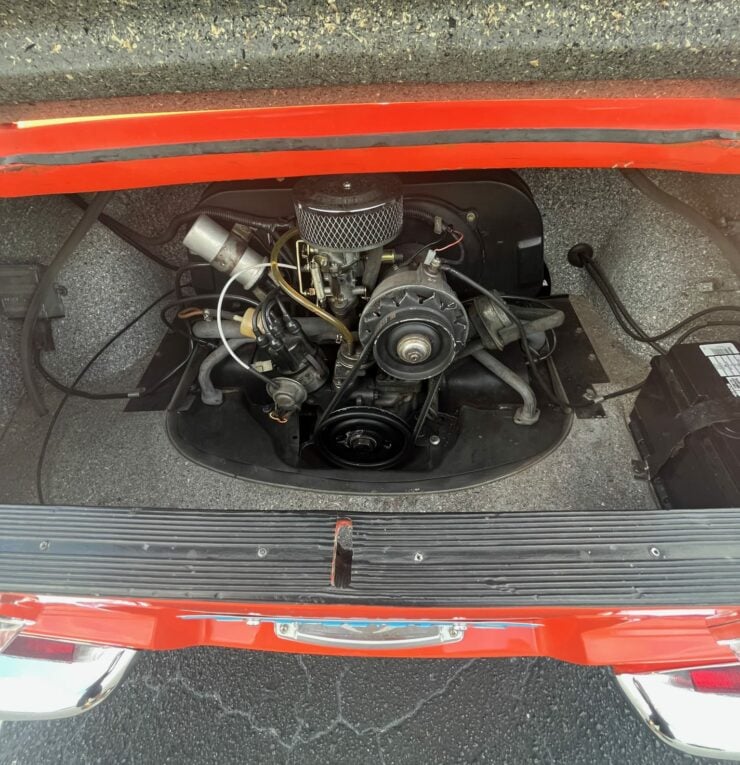

In the face of this news, Rino Malzoni and his team began working on a plan B. In a display of ingenuity, they rapidly developed a new version of the Puma GT.
This new car was based on the Karmann Ghia platform (which was available locally in Brazil), featuring a new fiberglass body. Remarkably, this transformation took just nine months, and as a result Puma survived.
The New Puma GT
This Volkswagen-based Puma GT became the cornerstone of Puma’s success. It was an elegant sports car boasted a lightweight fiberglass body, seating for two, and a trunk up front. In the rear of the car you would find either a 1.5 liter or 1.6 liter flat-four VW engine (depending on the year and specification), which was mated to a 4-speed manual transaxle.
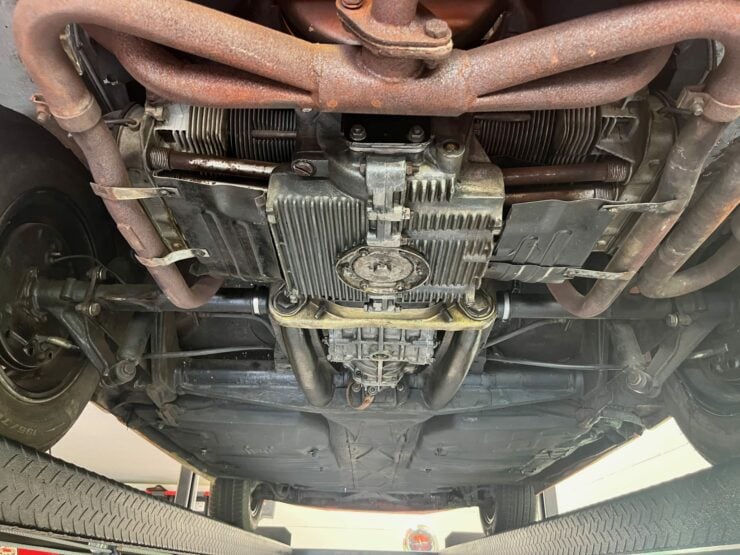

The Puma GT featured independent front and rear suspension and drum brakes on both ends which it inherited from the Karmann Ghia. While it may not have been the fastest car on the road, it soon found favor among Brazilian automotive enthusiasts, many of whom eagerly modified their Puma GTs for improved performance – VW performance modifications became a major cottage industry in Brazil over the same time period.
The Puma GT’s popularity extended beyond Brazil’s borders. It was eventually sold in more than 50 countries, even prompting the establishment of a factory in South Africa to produce them under license for the local market. Today, these cars are cherished collectibles in Brazil, while their international profile continues to rise as more enthusiasts discover them and their unusual backstory.
The 1974 Puma GTE 1600 Shown Here
The car you see here is a 1974 Puma GTE 1600 which was refurbished in Brazil and then acquired by the current owner (and now seller) in 2021.


It’s is finished in bright orange with a black leather interior, and it’s powered by a 1.6 liter flat-four paired with a 4-speed manual transaxle.
As you would expect for a Puma, it has lightweight fiberglass bodywork, it also has chrome bumpers, 275 GTB-style quarter louvers, lowered suspension, 14″ alloy wheels, front disc brakes, and an aftermarket radio and speakers.
It’s now being offered for sale with a clean Florida title in the seller’s name out of Port Orange, Florida on Bring a Trailer. If you’d like to read more about it or register to bid you can visit the listing here.
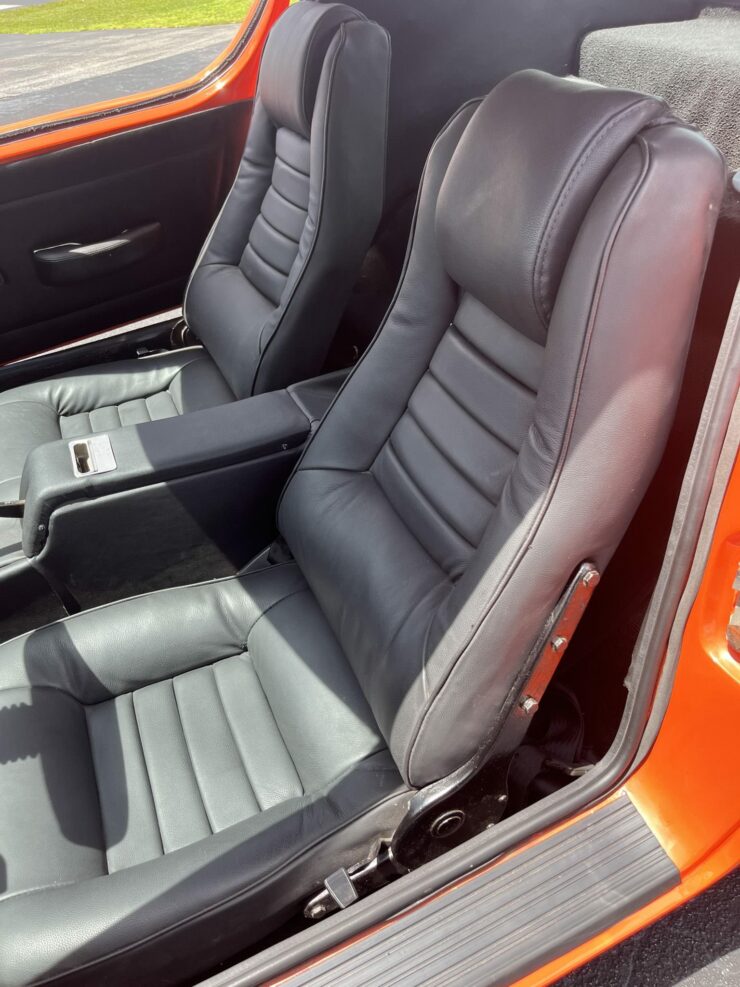

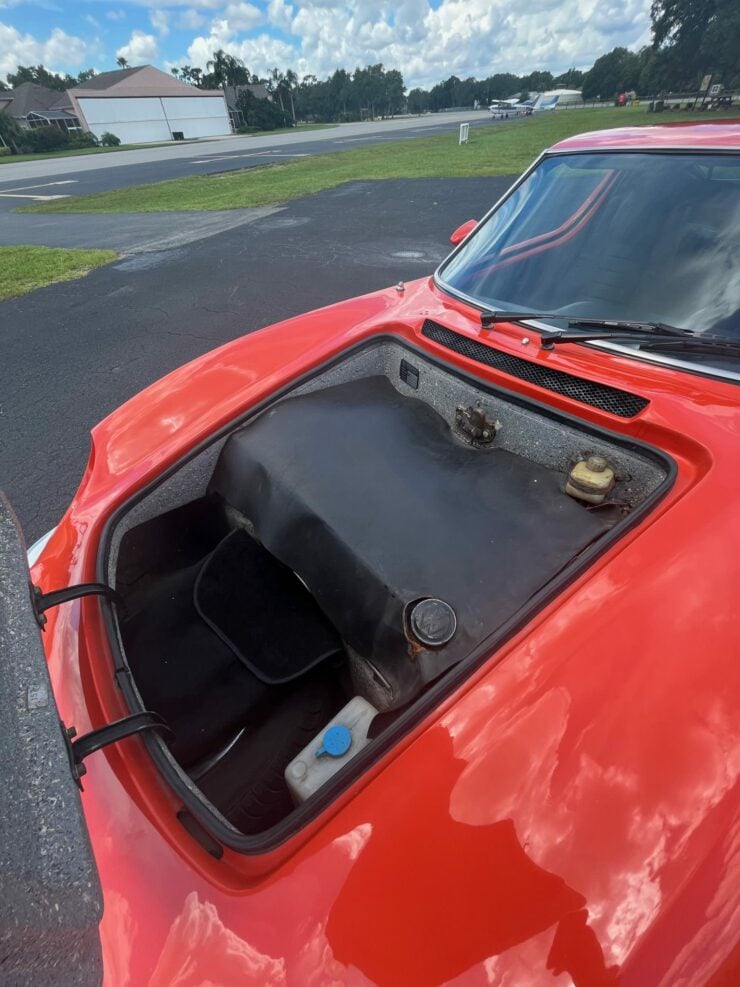
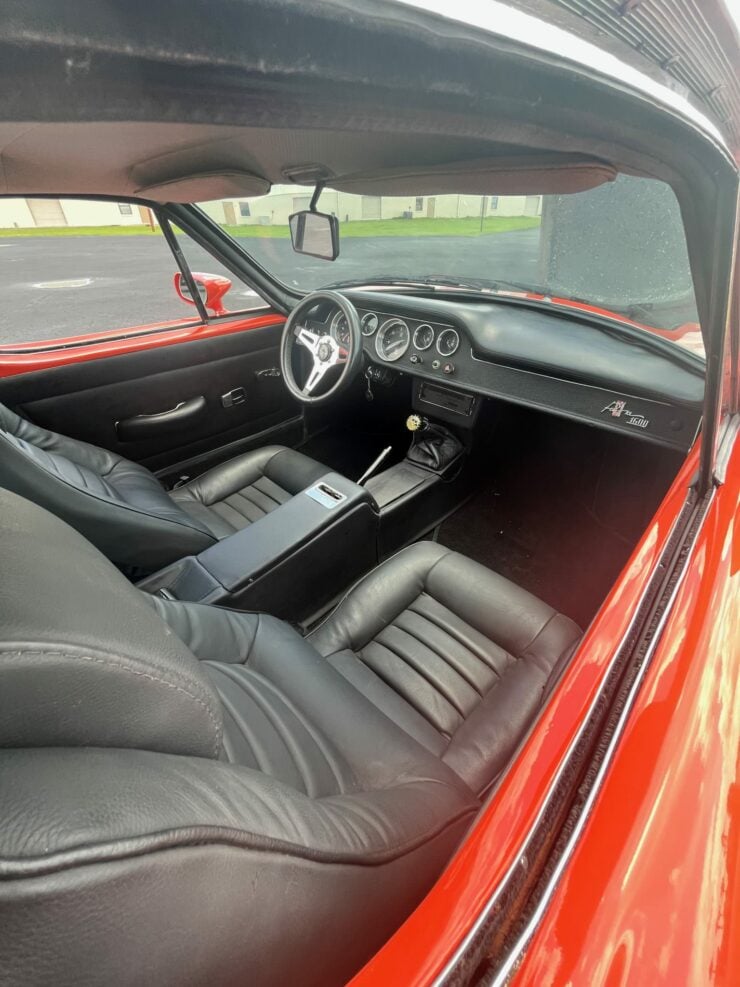
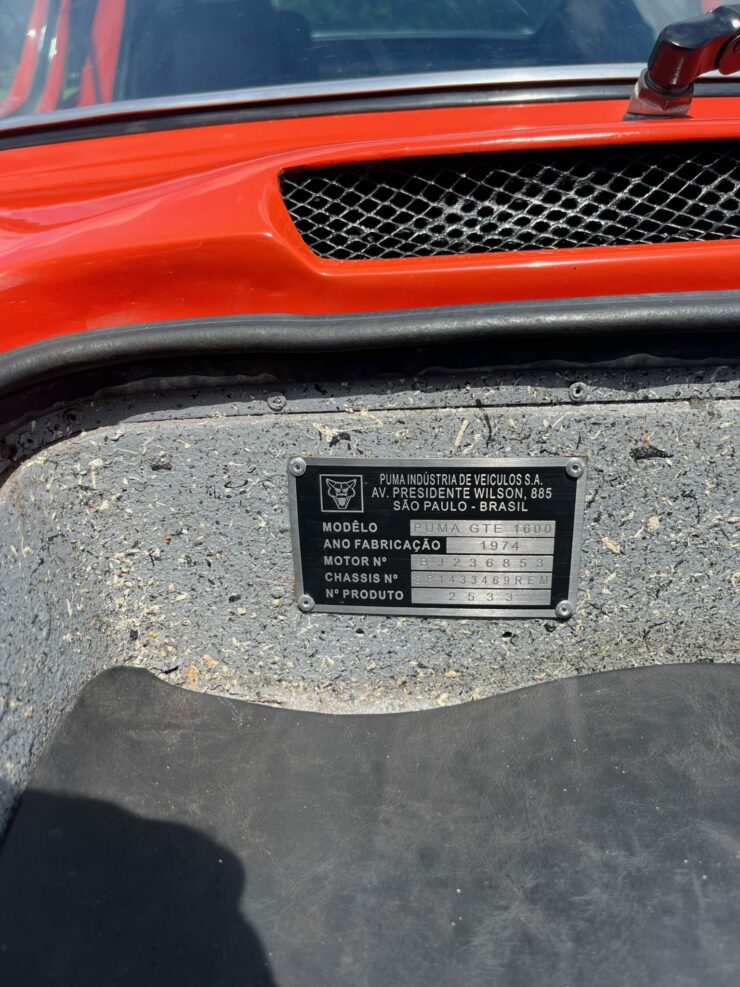
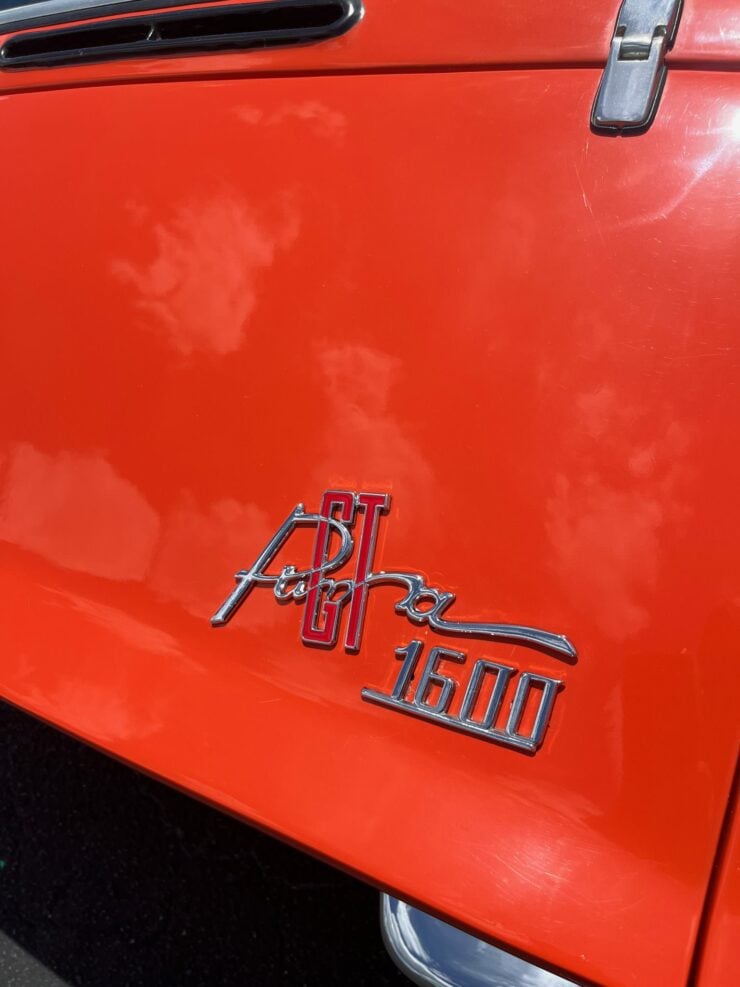
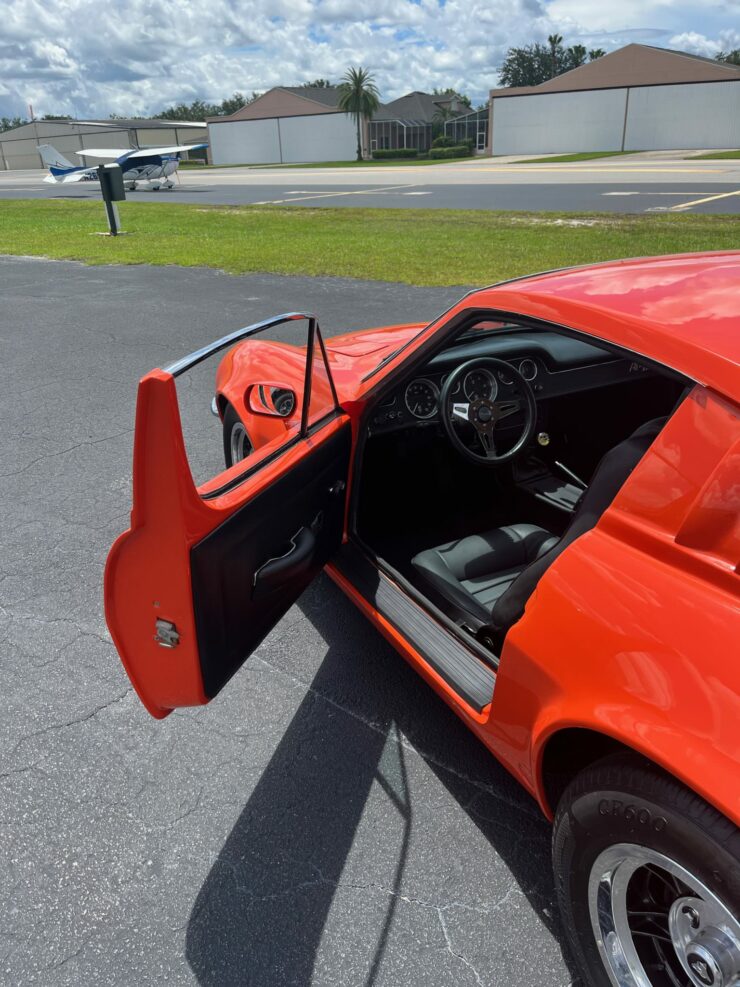



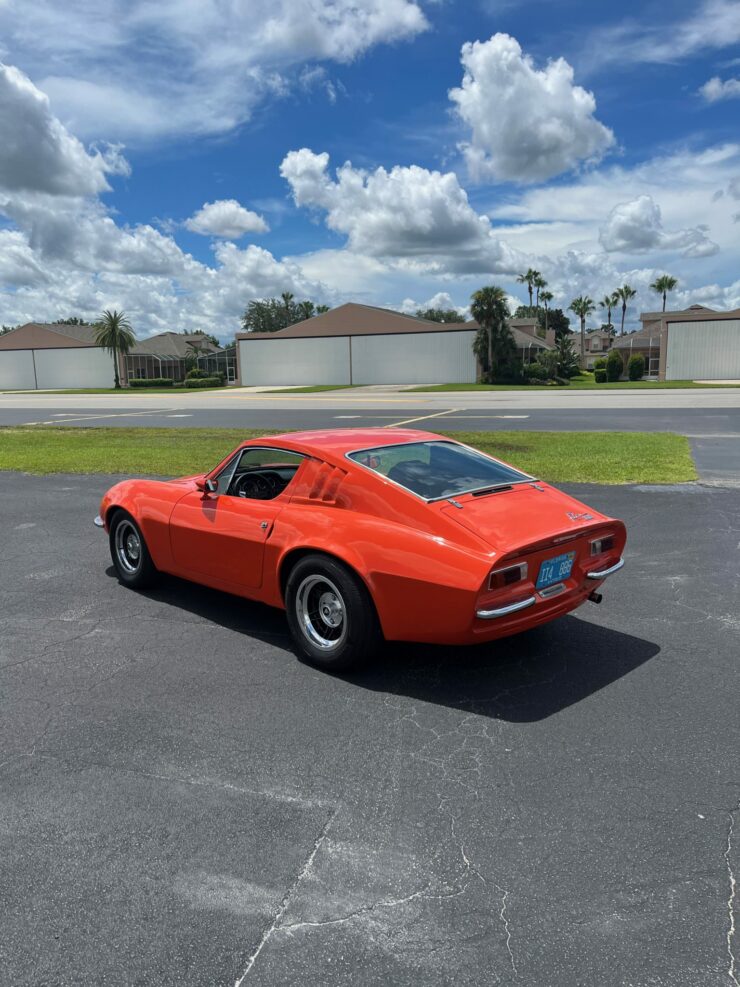




Images courtesy of Bring a Trailer.

Articles that Ben has written have been covered on CNN, Popular Mechanics, Smithsonian Magazine, Road & Track Magazine, the official Pinterest blog, the official eBay Motors blog, BuzzFeed, Autoweek Magazine, Wired Magazine, Autoblog, Gear Patrol, Jalopnik, The Verge, and many more.
Silodrome was founded by Ben back in 2010, in the years since the site has grown to become a world leader in the alternative and vintage motoring sector, with well over a million monthly readers from around the world and many hundreds of thousands of followers on social media.


